What Do Camera Lens Sizes Mean?
Understanding Camera Lens Sizes: A Comprehensive Guide
In the world of photography, the camera lens is one of the most critical components that determine the quality and style of your images. However, for many beginners and even some seasoned photographers, the various numbers and terms associated with camera lens sizes can be confusing. This article aims to demystify camera lens sizes, explaining what they mean and how they impact your photography.
Focal Length: The Basics
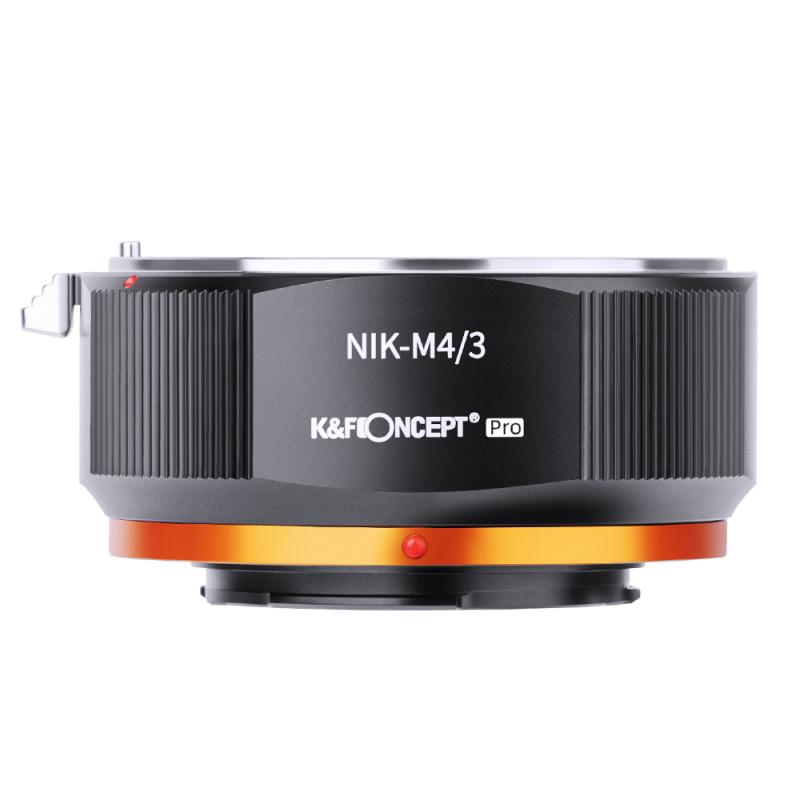
The most fundamental aspect of a camera lens size is its focal length, usually measured in millimeters (mm). The focal length determines the field of view and the magnification of the image. Lenses are generally categorized into three main types based on their focal lengths:
1. Wide-Angle Lenses (10-35mm):
- Field of View: Wide
- Use Cases: Landscape, architecture, and interior photography
- Characteristics: These lenses capture a broader scene and are ideal for situations where you want to include a lot of elements in the frame. They can also create a sense of depth and space.
2. Standard Lenses (35-70mm):
- Field of View: Similar to the human eye
- Use Cases: Street, documentary, and portrait photography
- Characteristics: These lenses offer a natural perspective and are versatile for various types of photography. They are often the go-to lenses for everyday use.
3. Telephoto Lenses (70mm and above):
- Field of View: Narrow
- Use Cases: Wildlife, sports, and portrait photography
- Characteristics: These lenses magnify distant subjects, making them appear closer. They are excellent for isolating subjects and creating a shallow depth of field.
Aperture: The Light Gatekeeper
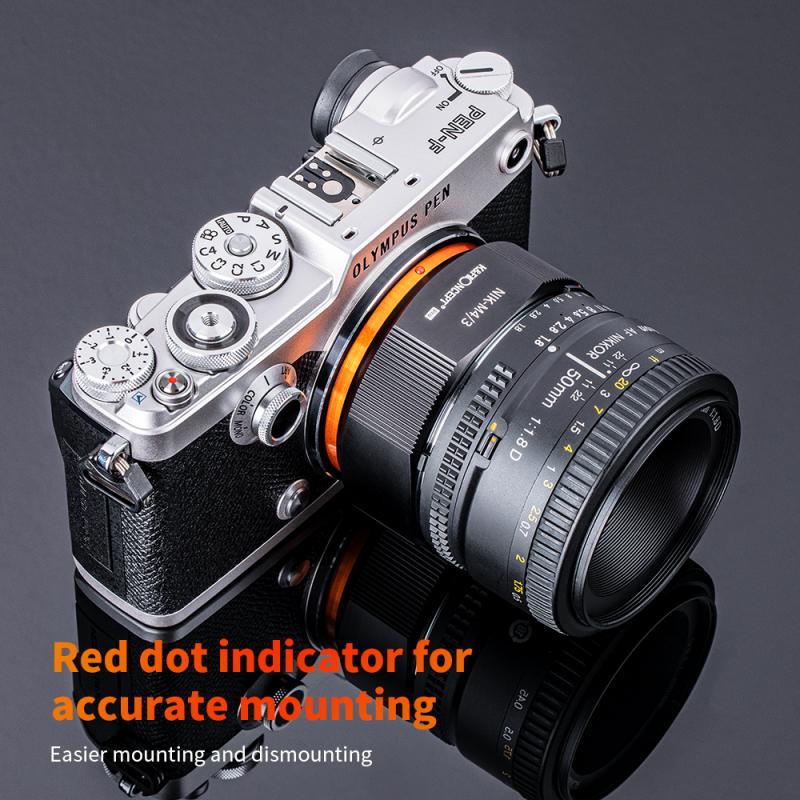
Another crucial aspect of lens size is the aperture, denoted by the f-number (e.g., f/2.8, f/4, f/5.6). The aperture controls the amount of light that enters the camera and affects the depth of field.
- Wide Aperture (f/1.2 - f/2.8):
- Light Intake: High
- Depth of Field: Shallow
- Use Cases: Low-light conditions, portrait photography
- Characteristics: A wide aperture allows more light to hit the sensor, making it easier to shoot in low-light conditions. It also creates a shallow depth of field, which helps in isolating the subject from the background.
- Narrow Aperture (f/8 - f/22):
- Light Intake: Low
- Depth of Field: Deep
- Use Cases: Landscape, architecture photography
- Characteristics: A narrow aperture reduces the amount of light entering the camera, requiring longer exposure times or higher ISO settings. It increases the depth of field, making more of the scene in focus.
Sensor Size and Crop Factor
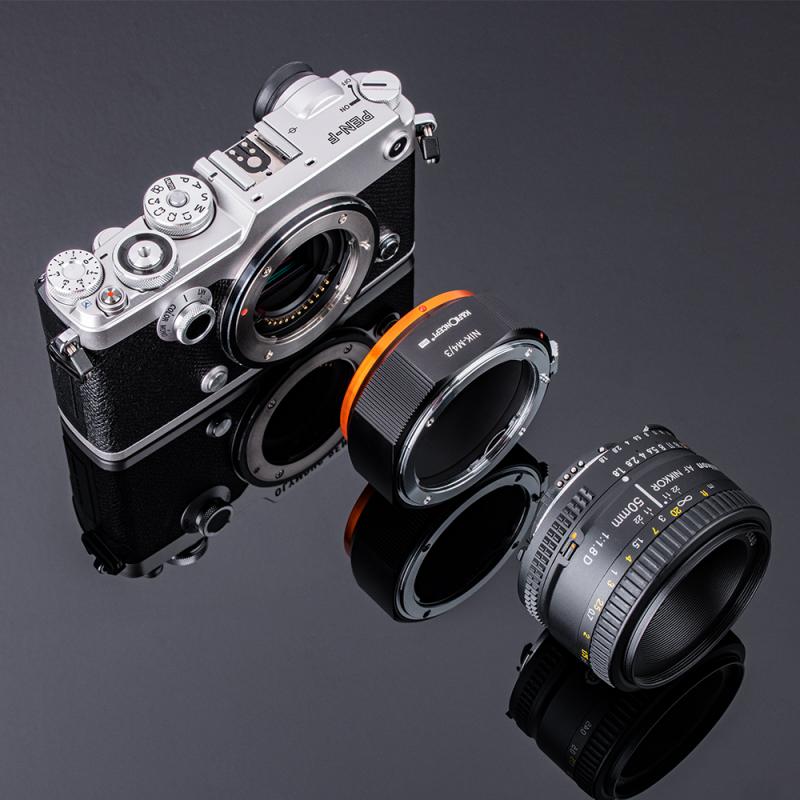
The size of your camera's sensor also plays a significant role in how the lens size affects your images. Full-frame sensors are equivalent to 35mm film, while crop sensors (APS-C, Micro Four Thirds) are smaller. The crop factor alters the effective focal length of the lens.
- Full-Frame Sensors:
- Crop Factor: 1x
- Characteristics: Lenses retain their stated focal lengths. A 50mm lens behaves like a 50mm lens.
- APS-C Sensors:
- Crop Factor: ~1.5x (Nikon, Sony) or ~1.6x (Canon)
- Characteristics: Lenses appear to have a longer focal length. A 50mm lens behaves like a 75mm lens on a Nikon APS-C sensor.
- Micro Four Thirds Sensors:
- Crop Factor: 2x
- Characteristics: Lenses appear to have an even longer focal length. A 50mm lens behaves like a 100mm lens.
Prime vs. Zoom Lenses
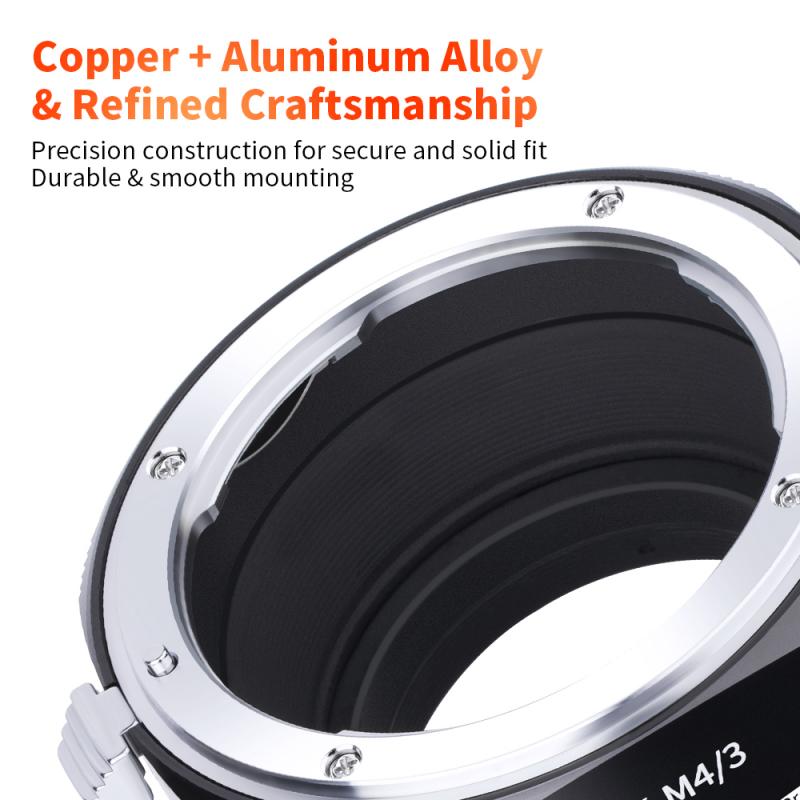
Lenses can also be categorized as prime or zoom lenses based on their focal lengths.
- Prime Lenses:
- Focal Length: Fixed
- Advantages: Generally sharper, faster (wider apertures), and lighter
- Disadvantages: Less versatile, requiring you to move physically to change the composition
- Zoom Lenses:
- Focal Length: Variable
- Advantages: More versatile, allowing you to change the composition without moving
- Disadvantages: Generally heavier, slower (narrower apertures), and may have more optical distortions
Specialty Lenses
Beyond the standard categories, there are specialty lenses designed for specific types of photography:
- Macro Lenses:
- Use Cases: Close-up photography
- Characteristics: These lenses have a very short minimum focusing distance, allowing you to capture tiny details.
- Fisheye Lenses:
- Use Cases: Creative, artistic photography
- Characteristics: These lenses offer an ultra-wide-angle view with significant distortion, creating a circular, fishbowl effect.
- Tilt-Shift Lenses:
- Use Cases: Architecture, product photography
- Characteristics: These lenses allow you to control the plane of focus and perspective, useful for correcting distortions in architectural shots.
Choosing the Right Lens
Selecting the right lens depends on your specific needs and the type of photography you intend to pursue. Here are some general guidelines:
- For Beginners:
- A standard zoom lens (e.g., 18-55mm) is a good starting point, offering versatility for various types of photography.
- For Portrait Photography:
- A prime lens with a wide aperture (e.g., 50mm f/1.8) is ideal for creating beautiful bokeh and isolating the subject.
- For Landscape Photography:
- A wide-angle lens (e.g., 16-35mm) with a narrow aperture (e.g., f/8) will help capture expansive scenes with great depth of field.
- For Wildlife Photography:
- A telephoto lens (e.g., 70-200mm) will allow you to capture distant subjects without disturbing them.
Understanding camera lens sizes is crucial for making informed decisions about your photography gear. The focal length, aperture, sensor size, and type of lens all play significant roles in determining the final image quality and style. By grasping these concepts, you can better choose the right lens for your specific needs, ultimately enhancing your photographic skills and creativity. Whether you're a beginner or a seasoned photographer, knowing what camera lens sizes mean will empower you to take your photography to the next level.


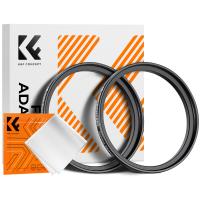

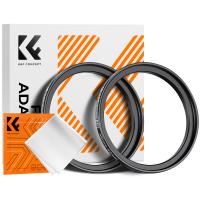
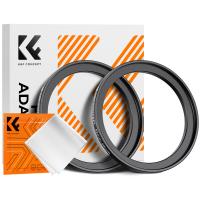
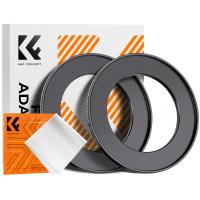
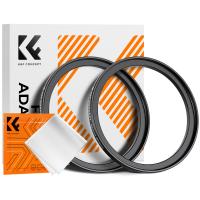
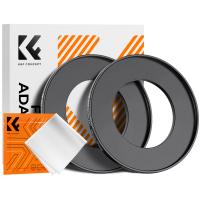

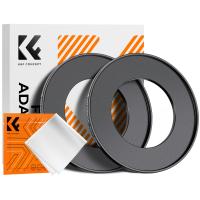
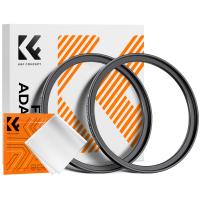




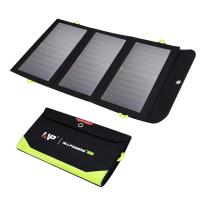
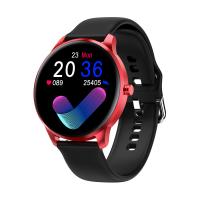


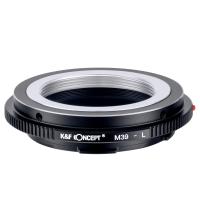

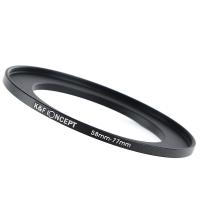
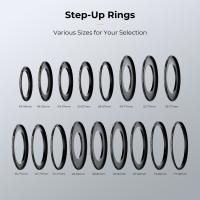
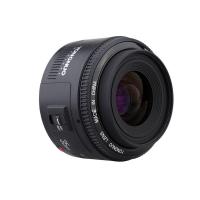
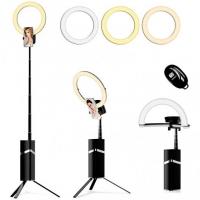



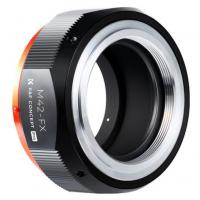


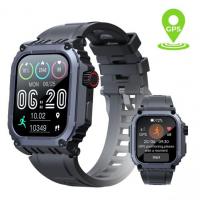




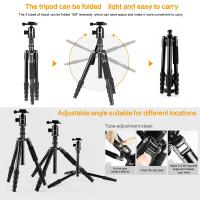


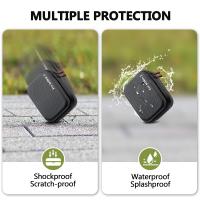

There are no comments for this blog.